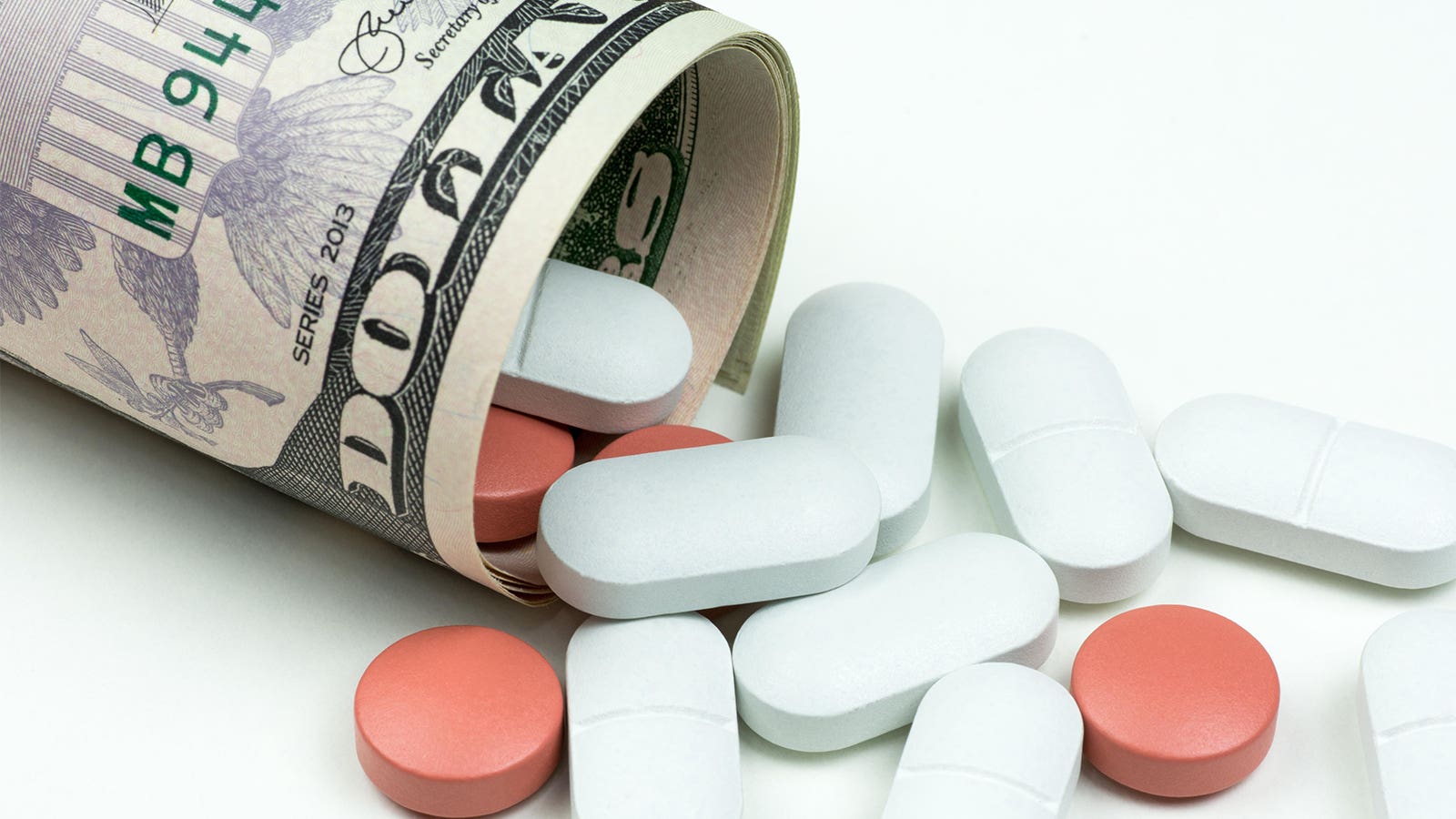Democrats hammer out prescription drug pricing plan, according to Jonathan M. Block for SeekingAlpha.com, 3 November 2021.
- A prescription drug pricing plan agreed on by Democrats yesterday will allow Medicare to negotiate the prices of drugs considered high cost.
- In addition, if drugmakers increase prices faster than inflation, they would be subject to penalties.
- Insulin prices would also be capped at no more than $35 per month.
- Out-of-pocket costs for seniors would have a maximum of $2000 annually.
- In September, some centrist Democrats introduced a narrower drug pricing bill than the one pushed by Democrat leadership. The plan proposed by President Biden yesterday is not as aggressive as the one initially put forward by leadership.
In an opinion piece: Is Lower Drug Pricing Actually Within Reach? Let’s not let it slip through our fingers this time around was reported by Vinay Prasad for MedPageToday.com, 3 November 2021.
 Democrats are hard at work on negotiations and legislation to tackle the lofty and unsustainable price of drugs. Will they be able to achieve this long-sought goal or will drug price reform yet again slip through our fingers? While changing the system won’t be easy, legislators must continue to urgently fight for reforms that better meet the needs of patients. If reforms cannot be achieved by 2022, they may not happen for the rest of President Biden’s term.
Democrats are hard at work on negotiations and legislation to tackle the lofty and unsustainable price of drugs. Will they be able to achieve this long-sought goal or will drug price reform yet again slip through our fingers? While changing the system won’t be easy, legislators must continue to urgently fight for reforms that better meet the needs of patients. If reforms cannot be achieved by 2022, they may not happen for the rest of President Biden’s term.
The American people pay more for prescription drugs than our peer nations. At times, the current system seems so favorable to the biopharmaceutical industry, one wonders if the industry itself crafted the legislation that governs the space.
Medicare is not permitted to negotiate price, which was a central tenet of recently failed efforts at reform and current negotiations. Pair this with an FDA that has a large appetite for risk — willing to approve new drugs based on small (<100 person) studies without control arms — as well as an industry eager to incrementally charge more, and we find ourselves in a quagmire, where we now pay over $400,000 for non-curative products, whose effect is measured too often in mere weeks or even days.
Even when insurers or the government foot the (bulk of the) bill, high drug prices keep hurting. More and more dollars get shuttled to the biopharmaceutical industry and pulled away from other societal endeavors. High drug prices are one of the reasons healthcare premiums have risen, which have stifled real wages. High drug prices mean we have less money to invest in other worthy society causes such as: better nutrition for elementary students, universal child or day care, and better maternal care — all interventions that may have direct and indirect salutary impacts on health down the road.
When it comes to actually curbing high drug prices, we have come up empty time and again. It is hard to avoid the conclusion that part of the recalcitrance of this issue is the powerful lobbying of the biopharmaceutical industry. Those lobbying efforts have created the current playing field, and threaten current legislative efforts.
The truth about high drug prices is that a single, one-time fix is not likely or possible. The system to approve, fund, and reimburse drugs is complex and byzantine. It involves vast numbers of intermediaries and stakeholders. Incentives are occasionally aligned, but often misaligned. Any legislation might improve the current condition, but also introduce novel problems and unintended consequences. Drug prices are like the kitchen drawer full of all the excess power cords — it is a tangled mess, but no one knows exactly which wire to pull on first.
Read more: Is Lower Drug Pricing Actually Within Reach?


No idea how it will turn out, but because of the lateness of the hour,I am hopeful !!